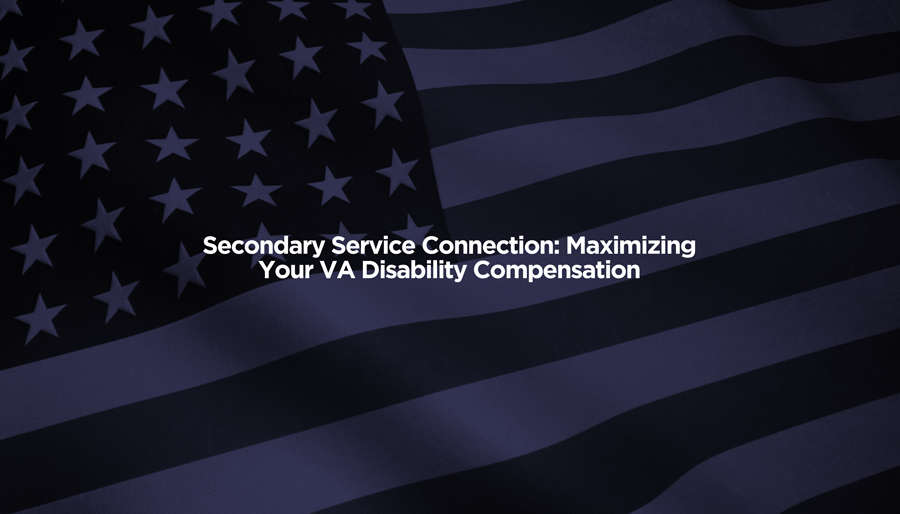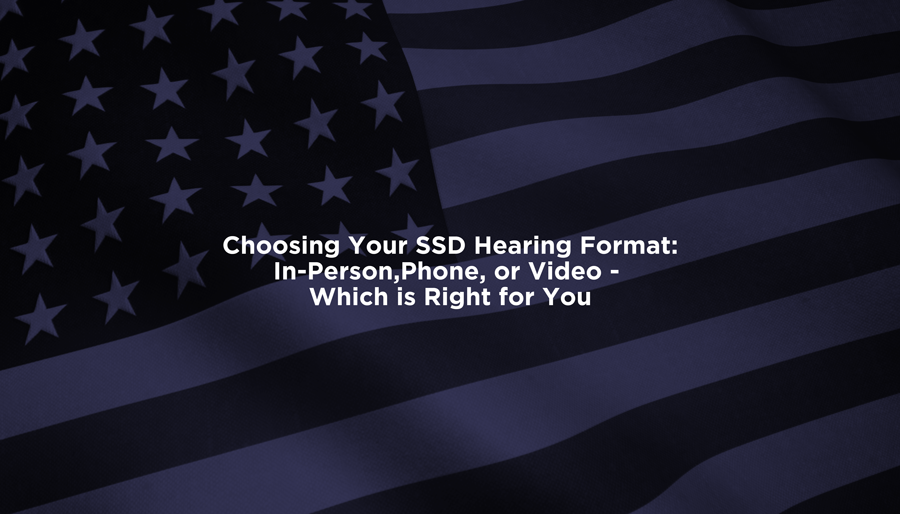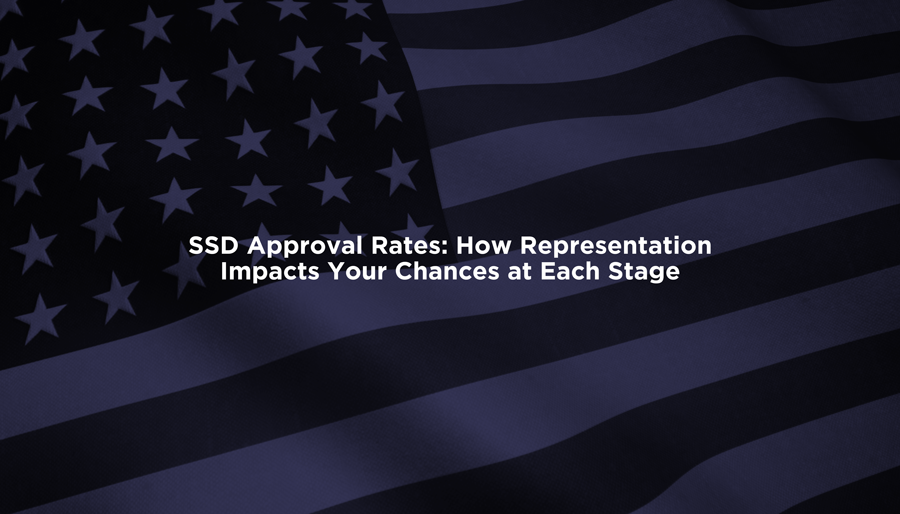While many veterans are aware of service connection benefits generally, they are not always aware that they may qualify for additional compensation through secondary service connection. Learn about secondary service connection and how you can maximize your Veterans Affairs (VA) disability compensation below.
What is Secondary Service Connection?
Secondary service connection is one way for veterans to receive compensation for injuries or conditions caused or worsened by their existing service-related disabilities. To be eligible, the secondary service-connected disability must be linked to an original service-connected disability that you already have. The disability or condition must be diagnosed and documented by a medical professional.
Consider a situation where a veteran returns home with a service-connected hip injury that leads them to limp. Later on, the limp develops into back pain, and perhaps also leads to symptoms of depression due to a lower quality of life. The back pain and depression are examples of secondary service connection conditions for which the veteran may be eligible to receive additional compensation.
How to Apply
As a preliminary matter, veterans must already be receiving benefits for a service-connected injury or condition. You cannot receive secondary benefits if you are not already receiving some service-connected disability benefits. Filing for service-connected compensation benefits is the first step.
If you are already receiving benefits for a service-connected disability, the next step is to submit medical documentation that shows proof of the secondary service-connected condition(s) and associated symptoms. Although not always required, it is helpful to also submit a medical opinion that clearly establishes the connection, or “nexus” between the current medical condition(s) and the original service-connected condition. The evidence may be in the form of medical records, physicians’ notes, an official diagnosis (if applicable, and by a VA-approved medical practitioner), and or other relevant medical documents.
Note that in many secondary service connection claims, the VA requires a Compensation and Pension Exam. This medical exam (or interview in the cases of mental health conditions) is used to assess the extent of the secondary disability and its link to the original disability.
How it Works
By receiving compensation for a secondary service-connected disability, a veteran increases their VA disability rating, which can increase their monthly compensation. This is especially true if the secondary disabilities are more severe, thus having a higher rating, than the primary. Through secondary service connection, veterans may also be eligible individual unemployability, another monthly VA benefit. This benefit may be available for veterans who are not able to work due to service-connected disabilities, and thus are compensated at the same level of veterans with 100% disability rating.
Veterans can also receive retroactive payments for the time period between when the secondary service-connected condition first developed and when your claim was approved.
Seek Assistance
Combining disability ratings can be a complex and time-consuming process. VA attorneys can help you prepare your service-connected disability claims, maximize your disability compensation and rating, and get you the financial support you deserve.




